
- Why Python is your gateway to career growth
- Practical tasks Python can tackle
- Programming fundamentals
- Python-specific concepts
- Essential tools and environment
- Recommended courses for absolute beginners
- Python course recommendations by industry
- Maximizing your learning experience
- Bridging learning and application: career advancement
- Conclusion
"The best time to learn programming was 20 years ago. The second best time is now." - Adapted from a Chinese Proverb
In today's rapidly evolving job market, Python has emerged as more than just a programming language—it's become a career catalyst. Whether you're starting your professional journey or looking to pivot mid-career, Python's versatility makes it an invaluable skill across industries. From analyzing financial data to developing AI solutions, Python's applications are as diverse as the careers it enhances.

Why Python is your gateway to career growth
Python's popularity isn't just a trend—it's rooted in practical benefits that directly impact your career potential. Its straightforward syntax and readable code make it accessible to beginners, while its powerful capabilities satisfy the needs of seasoned professionals.
According to Stack Overflow's 2024 Developer Survey, Python consistently ranks among the top three most loved programming languages. It's the third among the most popular languages for all survey respondents and is the most popular language among those learning to code.
For early career professionals, Python offers:
- A gentle learning curve that allows quick progress from basics to practical applications
- Immediate practical value in automating routine tasks
- Strong foundation for technical roles in data analysis, web development, or software engineering
- High demand in entry-level technical positions across industries
Mid-career professionals benefit from:
- Ability to enhance current role with automation and data analysis
- Opportunities for career transition into technical leadership
- Valuable skills for consulting and independent work
- Cross-functional capabilities that bridge technical and business needs
Practical tasks Python can tackle
Python excels at automating routine work that would typically take hours to complete manually. Here are common tasks professionals automate with Python:
Document Processing
- Converting PDFs to searchable text
- Automatically generating reports from Excel data
- Merging multiple PDFs into a single document
- Extracting specific data from hundreds of documents
Example Project: A marketing manager automated their weekly reporting by creating a Python script that pulls data from Google Analytics, combines it with social media metrics, and generates a professionally formatted PDF report—reducing a 4-hour task to 2 minutes.
Data Analysis and Visualization
- Cleaning and organizing large datasets
- Creating interactive dashboards
- Generating customized charts and graphs
- Performing statistical analysis
Example Project: A sales representative developed a Python script that analyzes customer purchase patterns, automatically identifies top customers, and generates personalized email templates for follow-up—leading to a 23% increase in repeat business.
File and System Organization
- Automatically organizing files by date, type, or content
- Renaming hundreds of files following specific patterns
- Backing up important documents
- Monitoring folders for changes
Example Project: An HR professional created a Python script that organizes incoming resumes by department, extracts key qualifications, and generates a summary spreadsheet—reducing resume processing time by 75%.
Web and Data Collection
- Scraping data from websites
- Monitoring prices on competitor websites
- Downloading specific types of files from websites
- Automating form submissions
Example Project: A procurement officer built a Python script that monitors supplier websites for price changes and automatically alerts when prices drop below certain thresholds—saving their company 15% on supply costs.
Email and Communication
- Sending personalized emails to large groups
- Automatically responding to specific types of emails
- Organizing and categorizing email attachments
- Generating email analytics
Example Project: A customer service manager created a Python script that analyzes incoming support emails, categorizes issues, and routes them to appropriate team members—reducing response time by 60%.
Financial Analysis
- Processing transaction data
- Generating financial reports
- Analyzing investment patterns
- Creating budget forecasts
Example Project: A financial analyst developed a Python script that downloads daily stock data, performs technical analysis, and generates trading signals—automating their entire morning market analysis routine.
Core concepts for beginners
Before diving into specific applications, there are fundamental concepts you'll need to master. These building blocks will serve as your foundation for more advanced topics:
Programming fundamentals
- Variables and data types (numbers, strings, lists)
- Control flow (if statements, loops)
- Functions and basic program structure
- Error handling and debugging
- File operations (reading and writing files)
Python-specific concepts
- Package management with pip
- Working with Python's standard library
- Understanding Python's indentation rules
- Basic object-oriented programming
- Virtual environments for project isolation
Essential tools and environment
- Installing Python correctly
- Choosing and setting up a code editor
- Using the command line/terminal
- Working with Git for version control
- Understanding documentation and how to find help
Recommended courses for absolute beginners
For those who are ready to use Python as a tool and don't necessarily need to learn its inner workings, we strongly recommend Al Sweigart's popular Automate the Boring Stuff with Python Programming. It's designed to get busy professionals up to speed on using Python to complete many of the tasks we mentioned above.

Those who wish to use Python for specialized applications may wish to take a few foundational courses first.
Python for Everybody is a comprehensive set of courses from University of Michigan that assumes no prior programming experience. It gently introduces programming concepts using Python. Dr. Chuck's engaging teaching style makes complex concepts accessible to everyone.
CS50s Introduction to Programming with Python, a course from Harvard University, is slightly more challenging. It provides a thorough understanding of programming fundamentals with Python, taught by one of the most engaging instructors in computer science education.
Introduction to Computer Science and Programming Using Python, a course from Massachusetts Institute of Technology, explores Python by challenging students to tackle real-world analytical problems. It's best taken by those who intend on understanding both computer science theory and practice.
Completing any of these three courses prepares learners for almost every other course focused on specific applications for Python later on in this list.
These courses typically take 4-8 weeks to complete if you dedicate 3-5 hours per week. Once you've completed any of these courses, you'll be well-prepared to move on to more specialized applications and advanced topics covered later in this article.



For those who prefer to take courses that focus more on practice and ramping up to speed, you may wish to explore the following courses. These courses also provide a little more flexibility as they're intended to be self-paced.



Python course recommendations by industry
Python's versatility translates directly into career opportunities. Here's how professionals across different fields leverage Python:
Business and Finance
Financial analysts use Python to automate report generation, analyze market trends, and develop trading strategies. Investment banks increasingly seek professionals who can combine financial knowledge with Python programming skills for algorithmic trading and risk analysis.






Healthcare and Research
Medical researchers utilize Python for data analysis, image processing, and predictive modeling. The language's scientific libraries like NumPy and SciPy have become essential tools in medical research and pharmaceutical development.






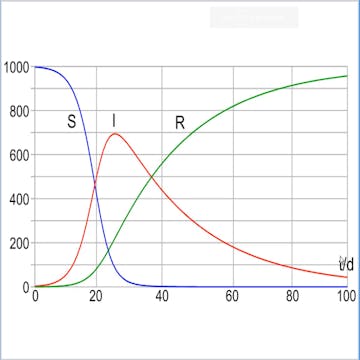

Marketing and Sales
Digital marketers employ Python for customer behavior analysis, automated social media management, and SEO optimization. Sales professionals use it to analyze sales patterns and automate lead generation processes.

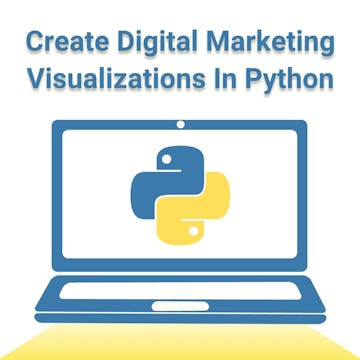


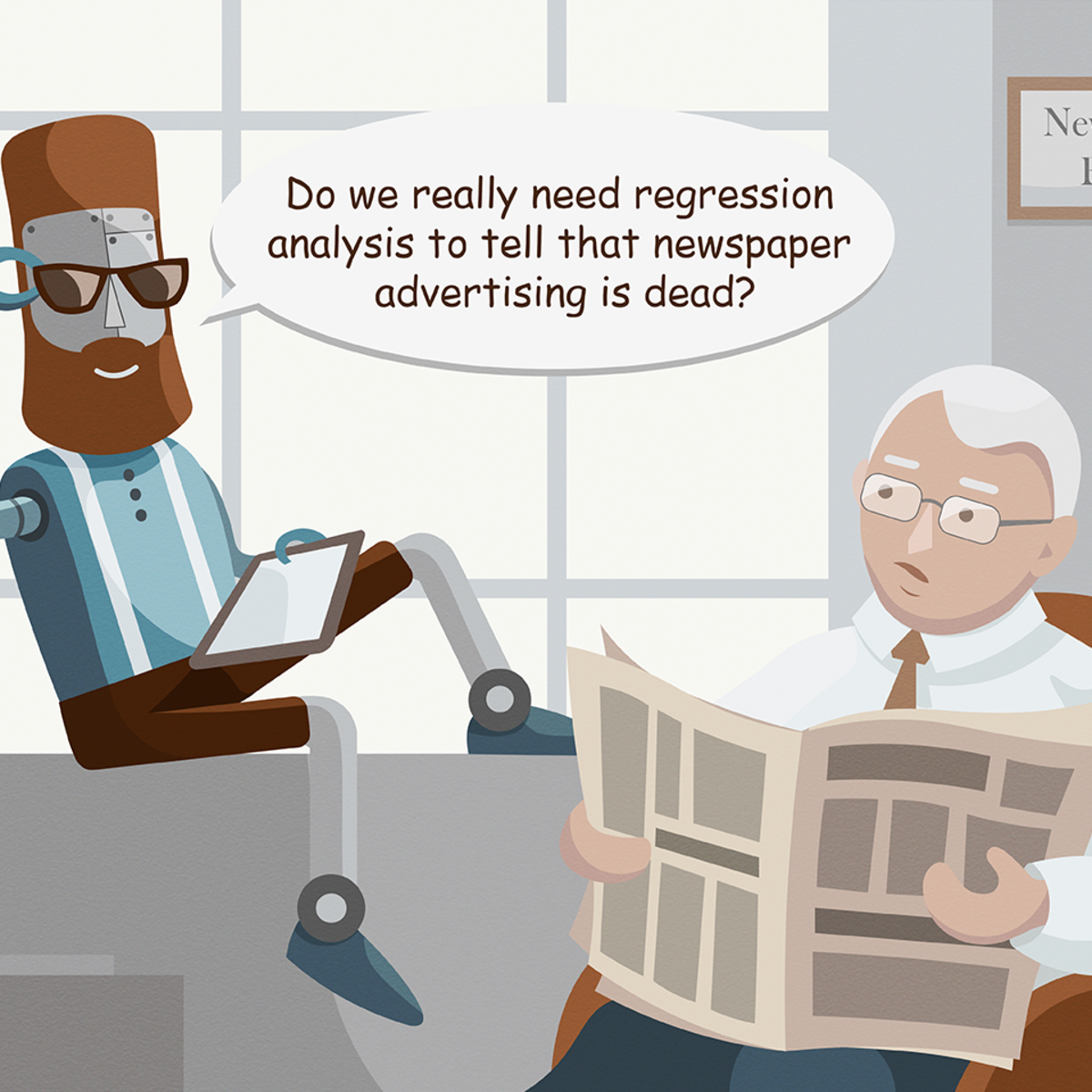

Engineering and Manufacturing
Engineers across disciplines use Python for simulation, automation, and process optimization. In manufacturing, Python helps control automated systems and analyze production data for efficiency improvements.
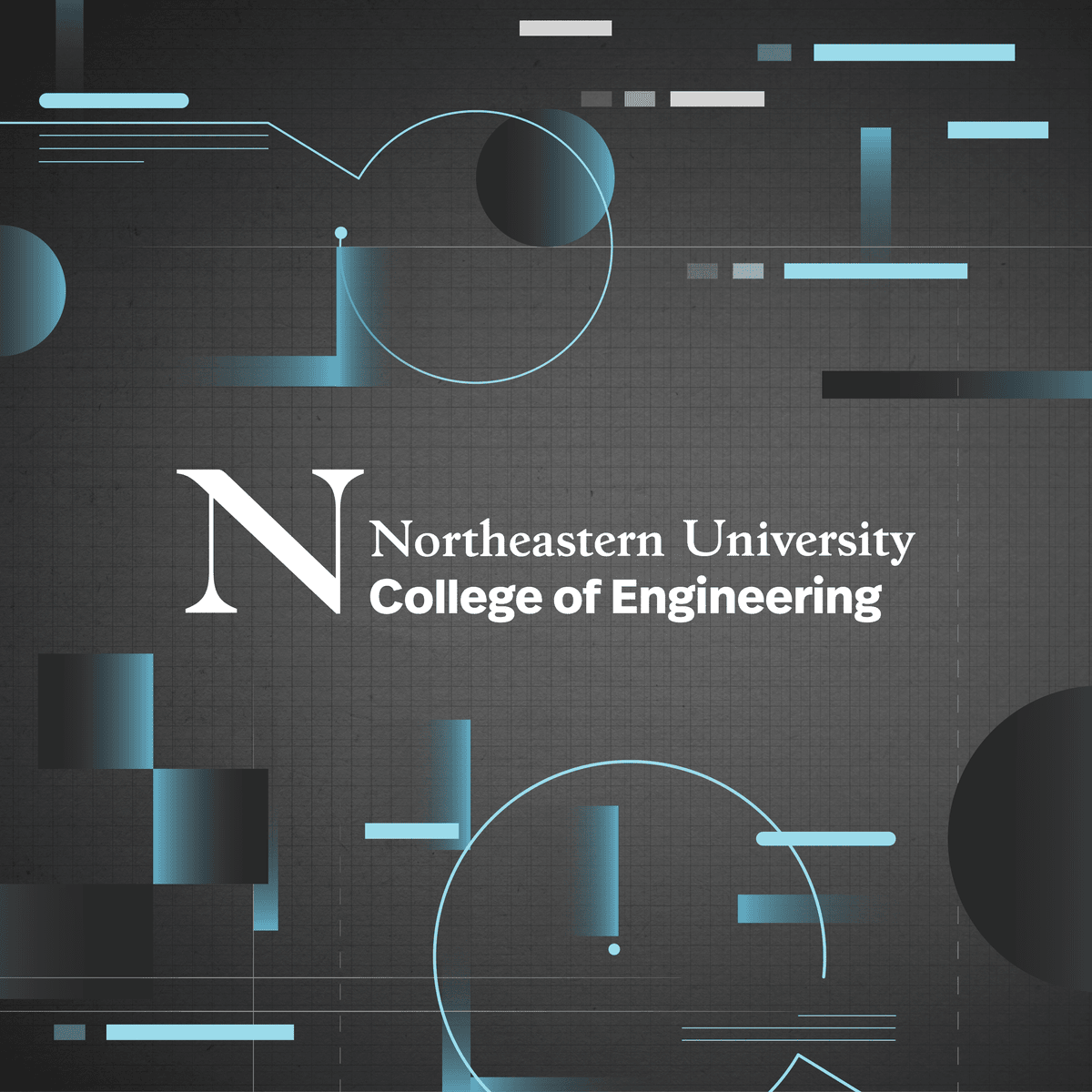


Maximizing your learning experience
Learning Python effectively requires more than just following course materials—it demands a strategic approach that fits your professional life and learning style. Let's explore proven strategies that will help you make the most of your learning journey.
Time management strategies
The biggest challenge for working professionals isn't understanding Python—it's finding time to learn it. Rather than viewing this as an obstacle, think of it as an opportunity to develop sustainable learning habits.
Dedicating 30-60 minutes daily rather than lengthy weekend sessions has proven more effective for long-term retention. This approach, known as spaced repetition, helps your brain build stronger neural connections. Try starting your day 30 minutes earlier to practice Python before work when your mind is fresh, or use your commute time if you take public transportation.
Using lunch breaks for quick practice sessions can be particularly effective. Set up a development environment on your work computer (if allowed) or use online platforms Online Python for quick coding sessions. Even 15 minutes of focused practice can help maintain momentum in your learning journey.
Applying Python to solve real problems in your current role provides immediate reinforcement of your learning. Start small—perhaps by automating a repetitive spreadsheet task—and gradually take on more complex challenges. This practical application not only cements your learning but also demonstrates value to your employer.
Building a portfolio while you learn
Your portfolio is more than just a collection of projects—it's a narrative of your growth and capabilities. Here's how to build it effectively:
Creating GitHub repositories for your projects isn't just about storing code—it's about demonstrating your understanding of professional development practices. Document your code well, include README files that explain your project's purpose and functionality, and maintain a consistent commit history. This shows potential employers that you understand software development best practices.


Documenting your learning journey through a blog or technical articles serves multiple purposes. It helps solidify your understanding (teaching is one of the best ways to learn), builds your personal brand, and helps others on similar journeys. Start with simple explanations of basic concepts and progress to more complex topics as your understanding grows.
Contributing to open-source projects might seem daunting at first, but it's an invaluable learning experience. Begin with simple contributions like documentation updates or bug fixes. Many projects tag issues as "good first issue" specifically for newcomers. This real-world collaboration experience is highly valued by employers.
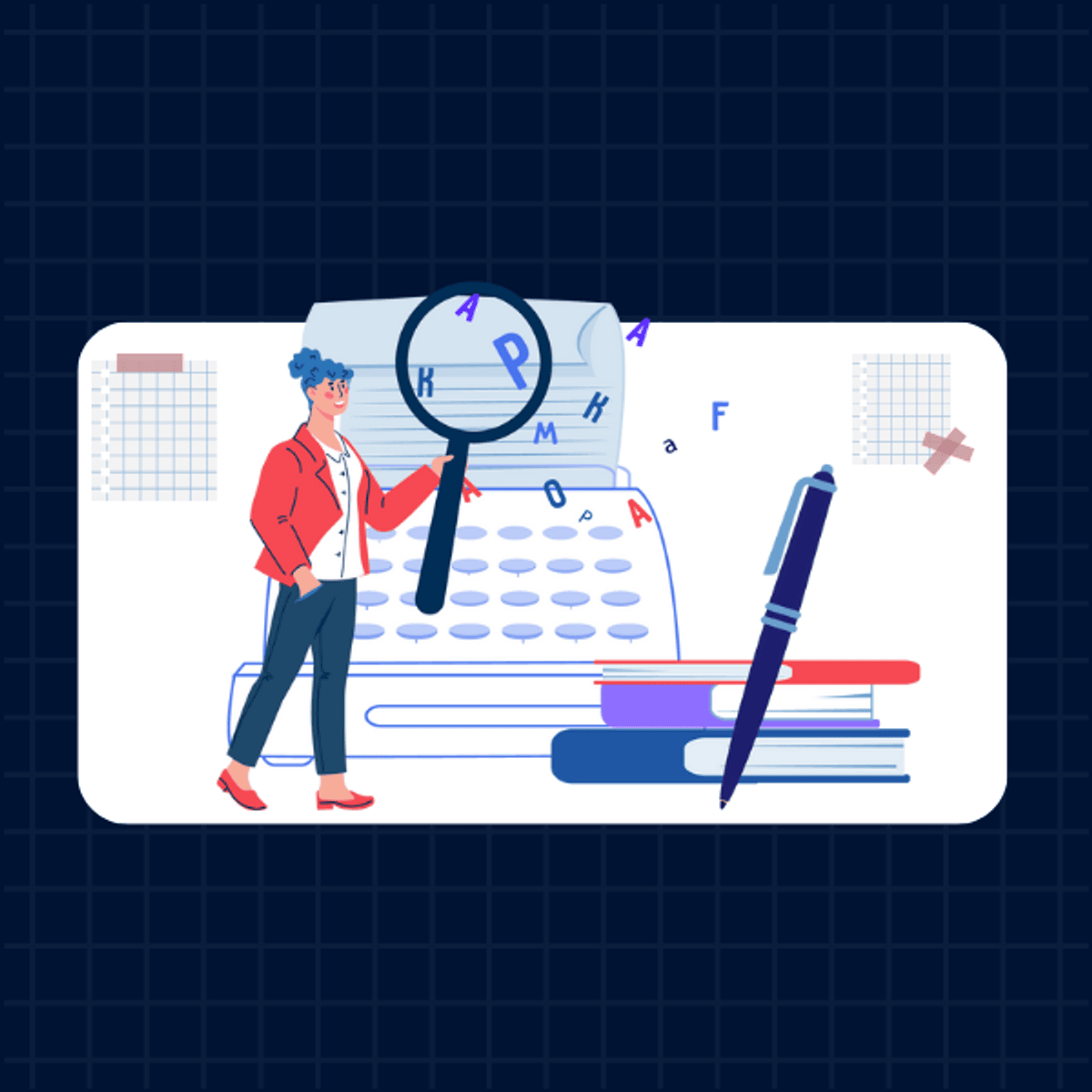
Leveraging OpenCourser features
Make your learning journey more efficient by taking full advantage of OpenCourser.com's tools:
The "Save to list" feature isn't just a bookmarking tool—it's your personal learning pathway organizer. Create separate lists for different aspects of Python learning: one for basics, another for data science, and perhaps another for web development. This organization helps you maintain a clear progression in your learning journey.
The Traffic Lights section helps you avoid common pitfalls in course selection. Pay special attention to yellow flags that might indicate misalignment with your current skill level. A course that's too advanced or too basic can be equally detrimental to your learning progress.
The Career Center provides valuable insights into how different Python skills align with various career paths. Use this information to tailor your learning journey to your career goals. For instance, if you're interested in data analysis, you'll want to focus on courses that emphasize pandas and numpy libraries.
Bridging learning and application: career advancement
As you build your Python skills, the next crucial step is translating them into career advancement opportunities. This transition requires a strategic approach that differs based on your career stage.
For early career professionals
Your primary advantage is flexibility—you can shape your career direction based on your Python expertise. Here's how to leverage this advantage:
Building a strong foundation in Python basics is crucial, but don't stop there. Focus on creating practical projects that solve real business problems. For example, if you're in marketing, build a Python script that automates social media analytics reporting. This demonstrates both technical skills and business acumen.
Creating a portfolio of basic automation projects shows initiative and practical skills. Document not just the code, but also the business problem it solves and the impact it had. Quantify results whenever possible—for instance, "Reduced report generation time from 3 hours to 5 minutes" makes a stronger impression than "Automated report generation."
Networking with Python developers in your desired field provides insights into industry best practices and job opportunities. Attend local Python meetups, participate in online communities, and engage with industry professionals on platforms like LinkedIn. Share your learning journey and ask thoughtful questions about their experiences.
For mid-career professionals
Your experience in your current field is a valuable asset when combined with Python skills. Here's how to maximize this combination:
Identifying Python applications specific to your industry requires analyzing pain points in your current role. What tasks are repetitive? What processes could be automated? Your industry expertise helps you spot opportunities that pure technologists might miss.
Focus on advanced topics relevant to your field, but don't forget to maintain a broad understanding of Python's capabilities. If you're in finance, for example, specialize in financial analysis libraries while maintaining knowledge of general automation techniques.
Leading Python-based projects in your organization positions you as a technical leader. Start with small initiatives that demonstrate clear value, then scale up as you build support. Document success stories and share them with management to build momentum for larger projects.
Consider consulting opportunities that combine your industry expertise with your Python skills. Many organizations need professionals who can bridge the gap between business and technology. Your combination of domain knowledge and technical skills is particularly valuable in this context.
Conclusion
Python's role in career advancement continues to grow, offering opportunities for both early and mid-career professionals. By choosing the right courses and applying strategic learning approaches, you can leverage Python to enhance your current role or transition into new, exciting career paths.
Remember, the journey of learning Python is as much about persistence as it is about technical skill. Start with fundamentals, focus on practical applications, and gradually build toward more complex projects. With dedication and the right resources, you'll be well-equipped to take advantage of the numerous career opportunities that Python proficiency provides.
Ready to start your Python journey? Browse our curated selection of courses, save your favorites to your personal list, and begin transforming your career today.



